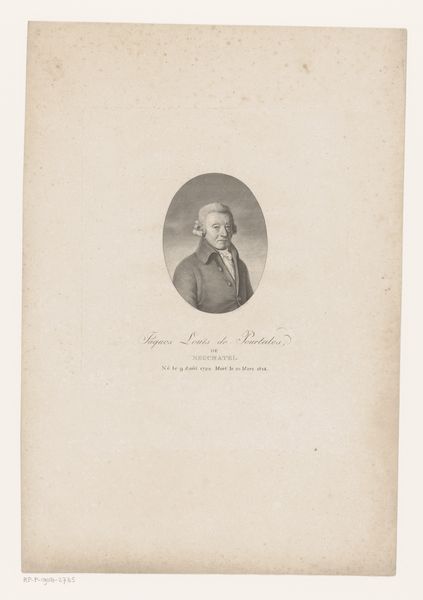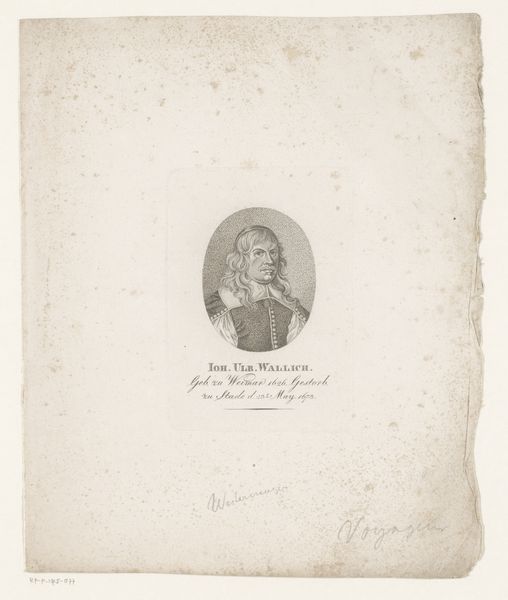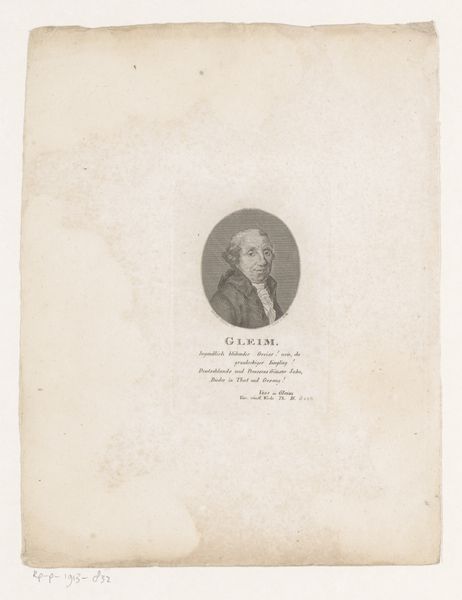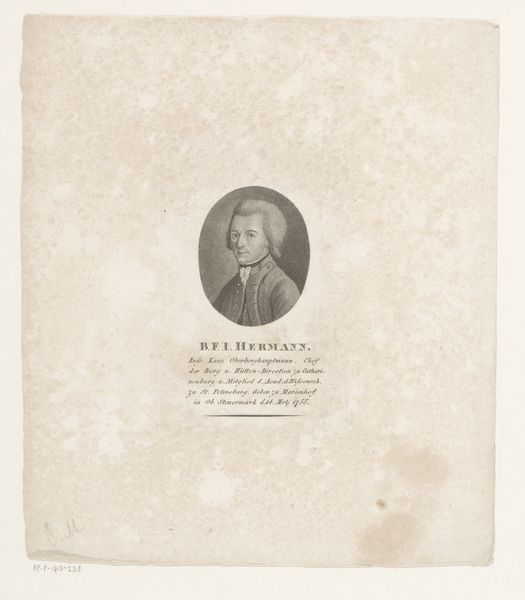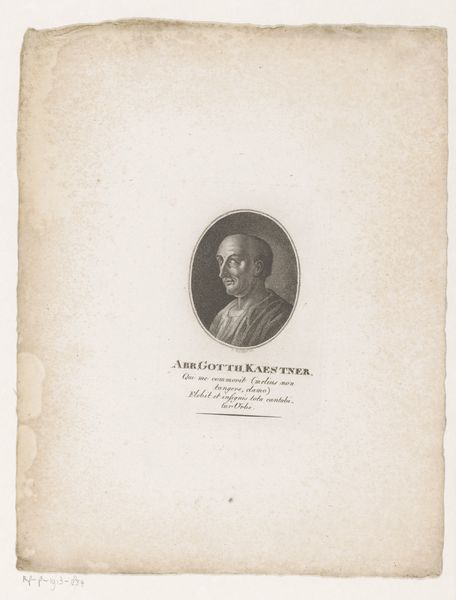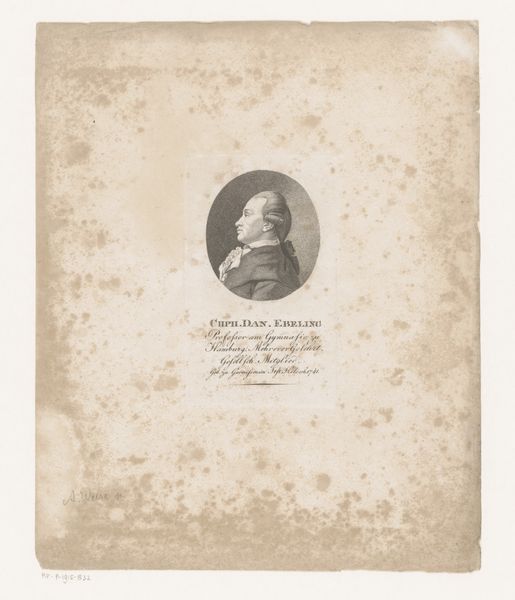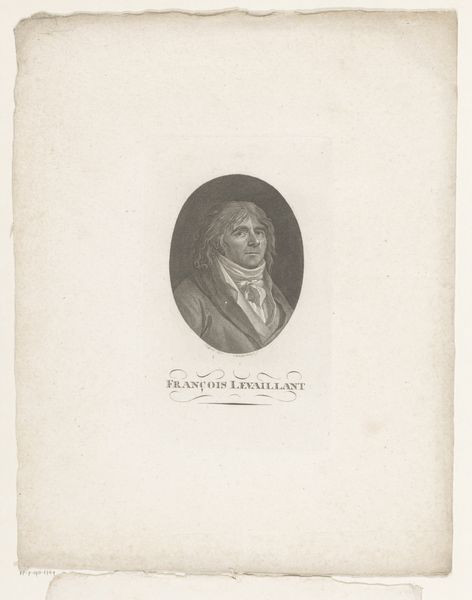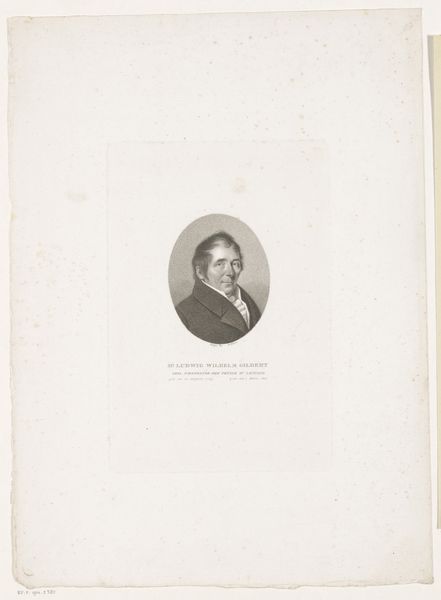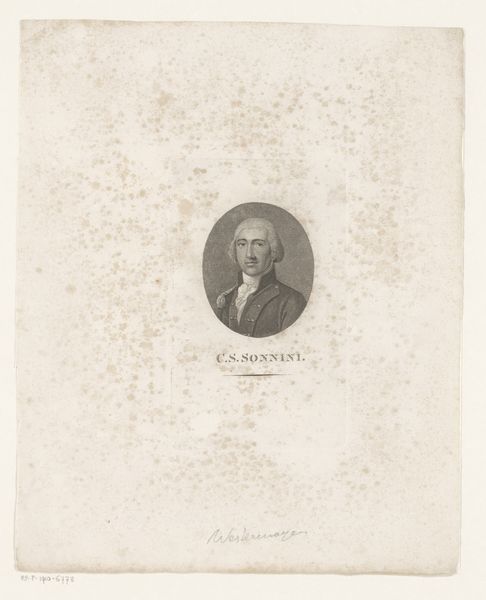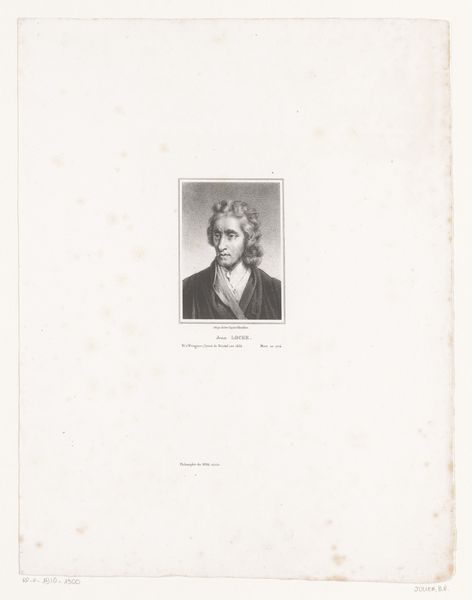
drawing, pencil
#
portrait
#
drawing
#
neoclacissism
#
pencil
#
history-painting
#
academic-art
Dimensions: height 143 mm, width 88 mm
Copyright: Rijks Museum: Open Domain
Editor: Here we have a portrait, “Portret van Johann Gabriel Doppelmayr,” by Konrad Westermayr, dating from 1775 to 1834. It’s a pencil drawing. There’s something very formal, very posed about it. What can you tell me about it? Curator: This portrait, situated within Neoclassicism and academic art, begs us to consider its role in constructing historical narratives. Note the sitter's posture, the composition... how might this portrayal reinforce societal power dynamics of the era? Think about how representing men of science this way entrenches existing power structures. Editor: It seems pretty standard for portraits of important people back then, right? Like, showing status and importance? Curator: Precisely! And we must deconstruct that assumption. Whose importance? According to whom? This is where the political weight comes in. Neoclassical portraiture wasn’t just about likeness; it was about creating and solidifying an image of authority, almost exclusively a male and privileged authority. Who was excluded from such depictions? What stories were left untold? Editor: So you’re saying this isn't just a picture; it’s a statement about who mattered in society? Curator: Absolutely. It is an artifact of its time, reflecting and reinforcing prevailing ideologies. By questioning why *this* man was deemed worthy of such formal representation, we open up a crucial dialogue about representation, power, and historical memory. We can investigate the lack of representation of women and minorities at that time. Editor: That's a totally different way of seeing it! I guess I was just looking at it as a drawing of a guy. Curator: It is a drawing, of course, but one embedded within a web of cultural meanings that shaped its creation and reception. Always question what isn't being shown!
Comments
No comments
Be the first to comment and join the conversation on the ultimate creative platform.
